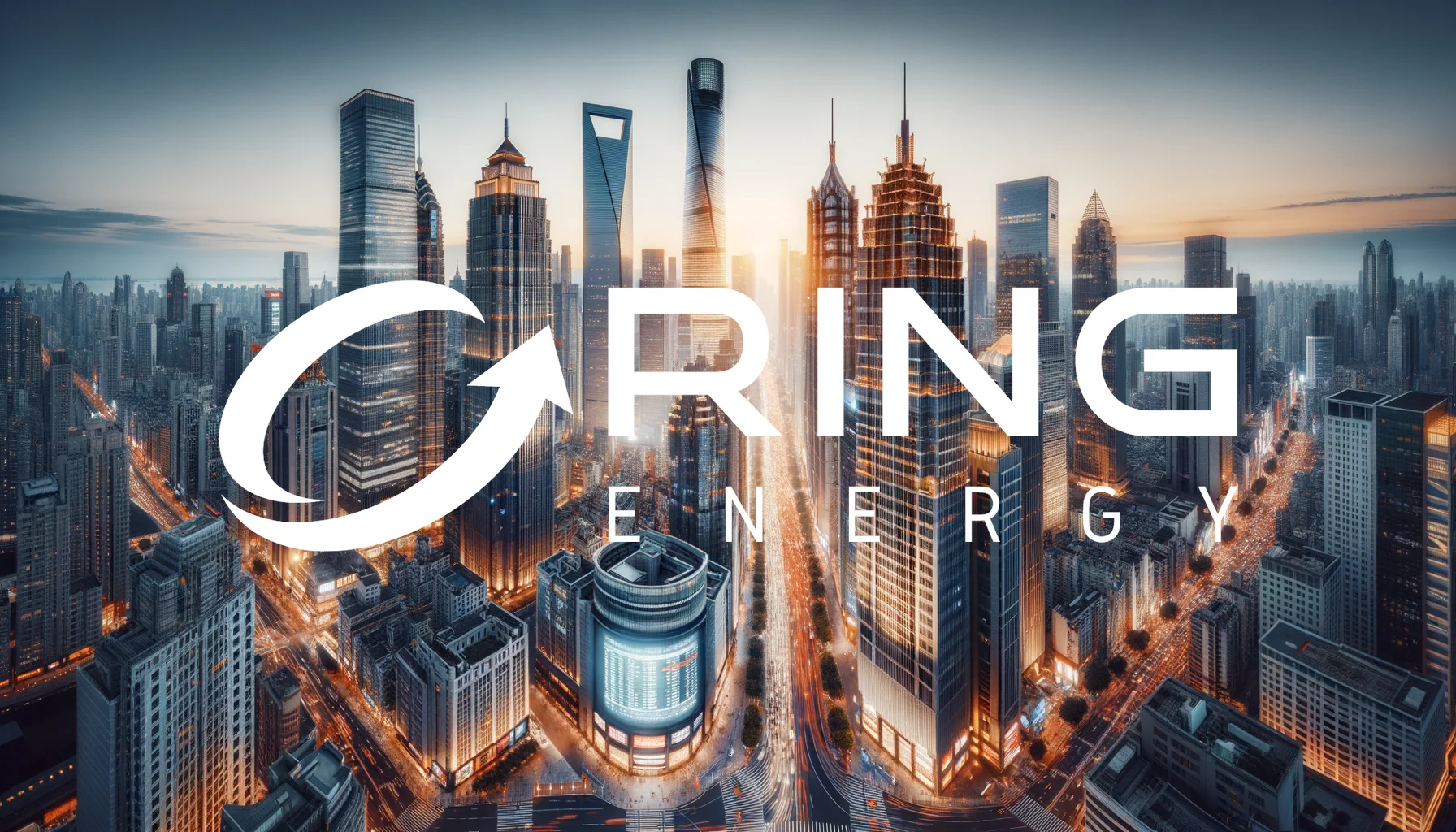In a period of significant market volatility for oil and gas producers, Ring Energy is pursuing a distinct path focused on aggressive debt reduction. The Texas-based independent energy company, operating in the Permian Basin, has announced plans to slash its liabilities by a substantial $18 million this quarter. This raises a pivotal question for investors: will this financial discipline be enough to reverse the stock’s downward trajectory and ensure long-term stability?
A Strategic Pivot to Financial Prudence
The company’s current roadmap is unequivocal: prioritize free cash flow generation and execute a decisive debt paydown strategy. Ring Energy intends to reduce its credit facility from $448 million to $430 million by the end of September 2025. This rigorous approach to balance sheet management is a direct response to the notorious price fluctuations inherent in the energy sector, where financial resilience is often the key differentiator for survival.
Operational Efficiency Amid Market Headwinds
Despite facing an 11% decline in the price per barrel of oil equivalent (Boe) compared to the previous quarter, Ring Energy’s second-quarter operational performance demonstrated notable strength. The company achieved a 2% increase in production while simultaneously cutting capital expenditures by a remarkable 48%. A further highlight was the reduction of operating expenses to $10.45 per Boe, a figure that came in below projections and contributed to a lowered annual guidance.
Should investors sell immediately? Or is it worth buying Ring Energy?
This operational efficiency translated directly into a record $24.8 million in adjusted free cash flow. This robust cash generation provides the essential fuel for the company’s ambitious debt reduction initiative, showcasing an ability to strengthen its financial position even in a challenging pricing environment.
A Significant Investor Exit
Adding a layer of complexity to the narrative, major investor Warburg Pincus has divested its entire stake in Ring Energy. The unexpected exit of a large institutional player often triggers investor apprehension and market speculation. While the precise motivation behind the sale—whether routine portfolio management or a loss of confidence in the company’s direction—remains unclear, such moves invariably cast a spotlight on the company’s strategy.
Balancing Survival with Future Growth
Ring Energy’s unwavering commitment to fortifying its balance sheet, rather than pursuing aggressive expansion, presents a conservative but potentially shrewd strategy. In the current volatile energy landscape, companies with lower leverage profiles are typically better insulated from market downturns. The critical uncertainty for shareholders is whether the market will ultimately reward this fiscal discipline with a higher valuation. Conversely, the departure of a key backer like Warburg Pincus leads some to question whether the company can generate the necessary momentum for a sustained recovery without the support of major investors.
Ad
Ring Energy Stock: Buy or Sell?! New Ring Energy Analysis from December 3 delivers the answer:
The latest Ring Energy figures speak for themselves: Urgent action needed for Ring Energy investors. Is it worth buying or should you sell? Find out what to do now in the current free analysis from December 3.
Ring Energy: Buy or sell? Read more here...













